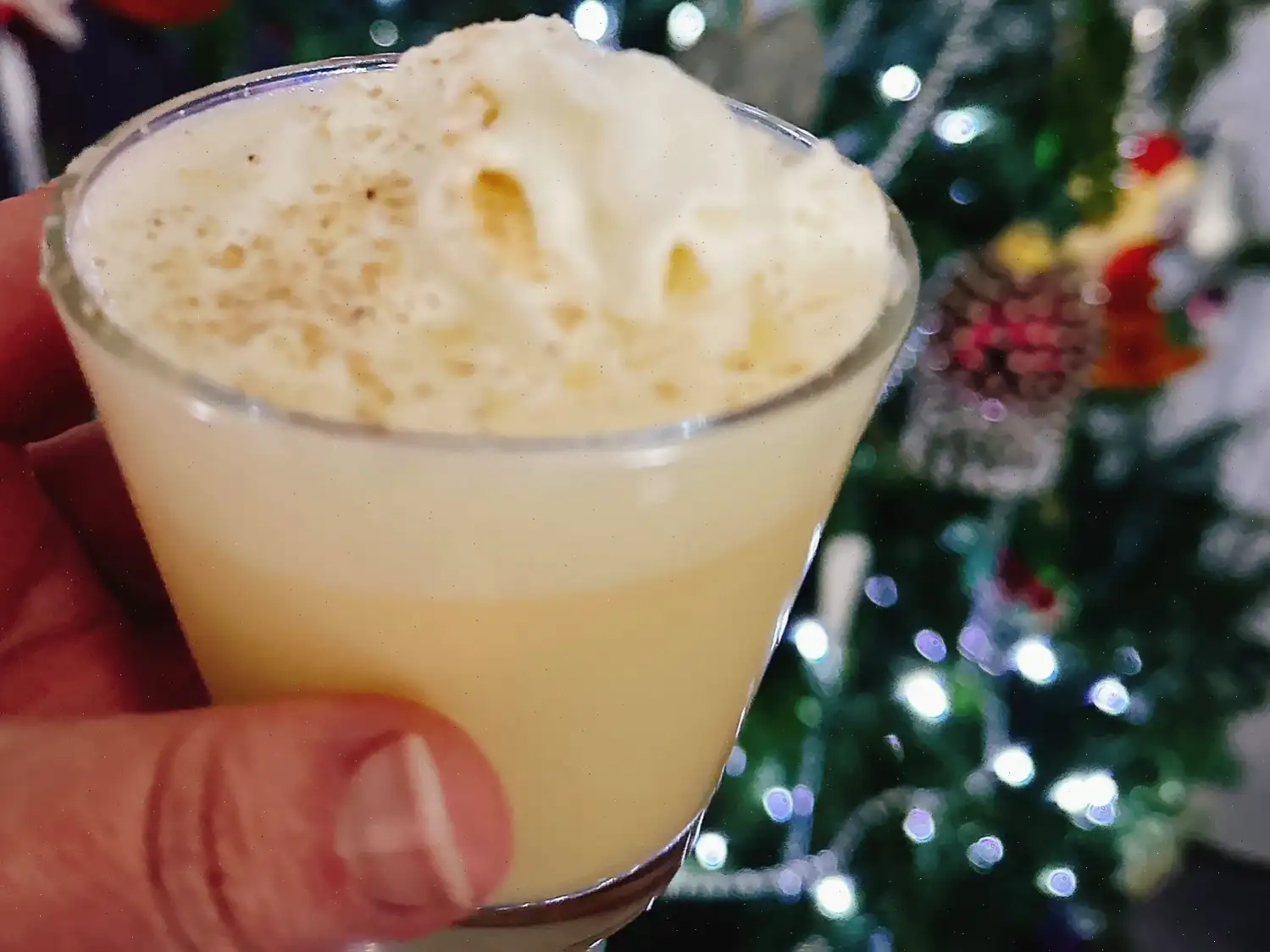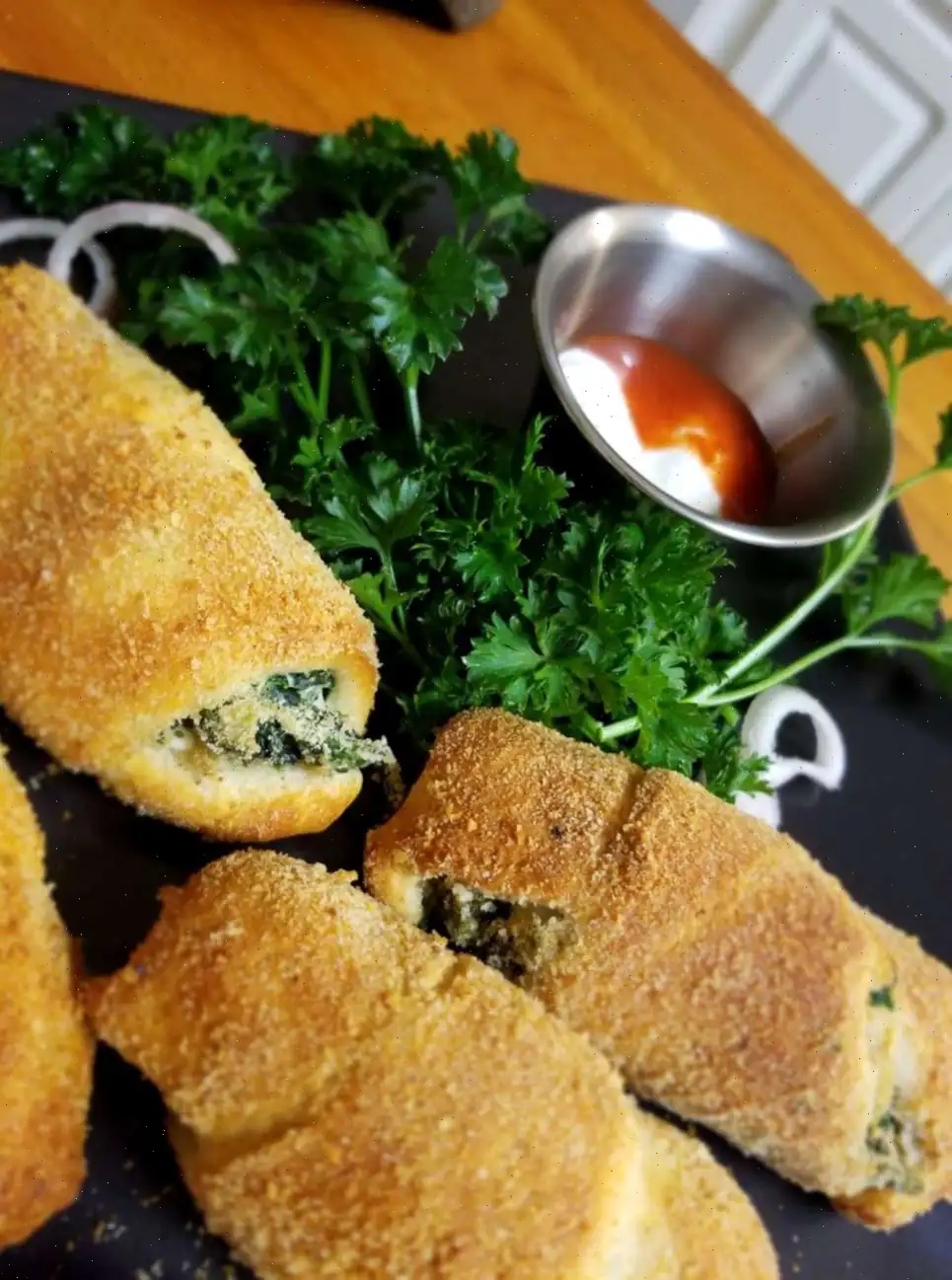
Passion Fruit Margarita
Ingredients
- 1 tablespoon coarse salt (or as needed)
- 1 lime wedge
- 1 1/2 cups ice, divided (or as needed)
- 5 ounces passion fruit juice (such as Goya)
- 2 fluid ounces silver tequila
- 3/4 fluid ounces triple sec
- 3/4 fluid ounces lime juice
Directions
- Sprinkle the coarse salt onto a plate. Take a lime wedge and moisten the rim of your glass with it, then press the moistened rim into the salt. Fill the glass with ice.
- Next, fill a cocktail shaker halfway with ice. Add the passion fruit juice, tequila, triple sec, and lime juice to the shaker.
- Seal the shaker and shake vigorously until the outside is frosted, about 10 to 15 seconds.
- Strain the mixture into the prepared glass and stir to combine.
- Garnish the cocktail with a lime wedge.
Cook's Note: Goya is a recommended brand of passion fruit juice, available in the international aisle of most grocery stores.
Nutrition Facts (per serving)
| Nutrition Information | Per Serving |
|---|---|
| Calories | 298 |
| Total Fat | 0g |
| Saturated Fat | 0g |
| Cholesterol | 0mg |
| Sodium | 6370mg |
| Total Carbohydrate | 37g |
| Dietary Fiber | 2g |
| Total Sugars | 29g |
| Protein | 2g |
| Vitamin C | 55mg |
| Calcium | 46mg |
| Iron | 1mg |
| Potassium | 528mg |
* Percent Daily Values are based on a 2,000 calorie diet. Your daily values may be higher or lower depending on your calorie needs.
** Nutrient information is not available for all ingredients. Amounts are based on available nutrient data. If you follow a medically restricted diet, consult your doctor or a registered dietitian before preparing this recipe for personal consumption.
The Story Behind the Passion Fruit Margarita
The Passion Fruit Margarita, a vibrant twist on the classic margarita, traces its origins to the fusion of Mexican cocktail traditions with tropical fruit flavors. While the traditional margarita has been enjoyed since the 1930s and 1940s in Mexico and the American Southwest, bartenders began experimenting with exotic fruits like passion fruit to create new, refreshing variations. This evolution highlights the creativity of mixologists seeking to balance sweet, tart, and strong flavors in a single glass.
Regional Variations and Unique Features
Though the Passion Fruit Margarita is popular across the United States, it has strong ties to coastal regions where tropical fruits are more readily available. In places like Florida, California, and parts of Mexico, fresh passion fruit is often used, while canned or bottled juice is more common inland. Some regions also experiment with rimming the glass with flavored salts or sugars, such as chili-lime salt, to complement the fruits tangy sweetness, giving each locale its distinct signature twist.
How It Differs from Other Margaritas
Unlike the classic lime margarita, which relies solely on lime juice for its citrus kick, the Passion Fruit Margarita introduces a layered tropical flavor profile. The natural tartness of passion fruit pairs with the sweetness of triple sec and the bite of tequila, resulting in a drink that is simultaneously tangy, sweet, and aromatic. Compared to other fruit-based margaritas, such as strawberry or mango, passion fruit delivers a more complex and exotic taste, with floral and slightly earthy undertones that stand out on the palate.
Typical Serving Occasions
The Passion Fruit Margarita is commonly served in bars, restaurants, and at social gatherings, especially during warm weather. It is a popular choice for beachside lounges, rooftop bars, and summer parties due to its tropical appeal and visually appealing golden-orange hue. Often garnished with a lime wedge and coarse salt rim, it is presented as a refreshing aperitif, perfect for pairing with light appetizers, seafood, or Mexican cuisine.
Interesting Facts and Cultural Notes
Passion fruit, known as "maracuy" in Spanish, has been cultivated in South America for centuries. Its introduction into cocktails symbolizes the blending of Latin American agricultural traditions with contemporary mixology. Additionally, the drinks vibrant color and tangy aroma make it a popular feature in cocktail competitions and Instagram-worthy presentations. Interestingly, some bartenders even use the fruits seeds as a decorative element, enhancing both texture and visual appeal. The cocktail also reflects a broader trend of globalizing classic recipes, showing how a traditional Mexican drink can evolve with international flavors while maintaining its core identity.








